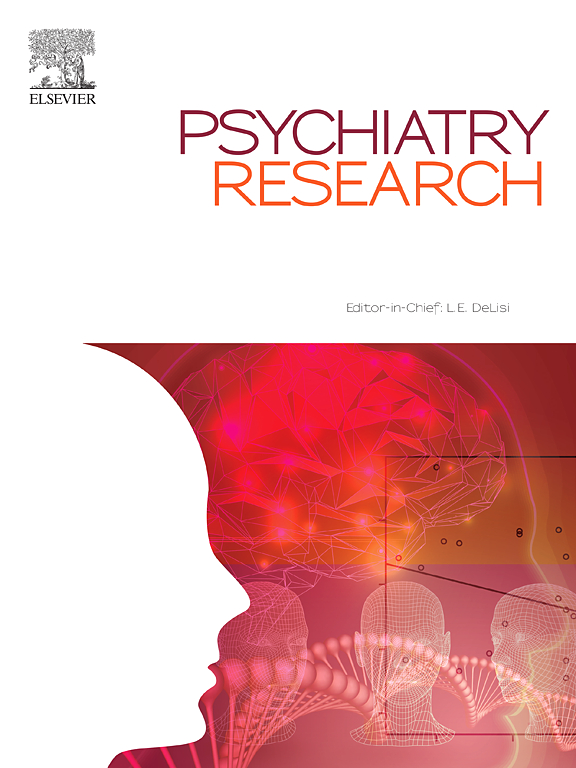Borderline personality disorder and antisocial traits in justice-involved males: Associations with aggression, violent crime, and adverse childhood experiences
IF 4.2
2区 医学
Q1 PSYCHIATRY
引用次数: 0
Abstract
Borderline personality disorder (BPD) and antisocial traits are common in justice-involved samples, but research on their dynamics, precursors, and aftereffects regarding aggressive and violent behavior is scarce. In order to enlarge the current knowledge needed for effective risk assessment and reduction, the present study examined patterns of BPD and antisocial traits in a sample of 315 justice-involved males who had undergone psychological/psychiatric evaluation, focusing on their relations with adverse childhood experiences (ACEs), self-reported physical aggression, as well as officially registered previous and future violent crime. Based on a comprehensive analysis of psychiatric/psychological evaluation reports and individuals’ self-ratings, latent class analysis identified three distinct classes with (1) high probability of BPD and antisocial traits (n = 63), (2) high probability of antisocial traits only (n = 150), and (3) low probability of either (n = 102). Compared to the latter, both symptomatic classes were characterized by high ACE burden. Whereas the borderline-antisocial class showed associations with increased self-reported physical aggression but not with convictions for violent crimes, the antisocial class was related to both aggression ratings and registered violent offending. Moreover, elevated ACE scores indicated incremental predictability for physical aggression ratings and violent criminality over class membership. The present findings highlight the need to carefully assess personality disturbances and ACEs in justice-involved populations in order to apply the most effective intervention measures to address each individual's criminogenic needs as accurately as possible.
求助全文
约1分钟内获得全文
求助全文
来源期刊

Psychiatry Research
医学-精神病学
CiteScore
17.40
自引率
1.80%
发文量
527
审稿时长
57 days
期刊介绍:
Psychiatry Research offers swift publication of comprehensive research reports and reviews within the field of psychiatry.
The scope of the journal encompasses:
Biochemical, physiological, neuroanatomic, genetic, neurocognitive, and psychosocial determinants of psychiatric disorders.
Diagnostic assessments of psychiatric disorders.
Evaluations that pursue hypotheses about the cause or causes of psychiatric diseases.
Evaluations of pharmacologic and non-pharmacologic psychiatric treatments.
Basic neuroscience studies related to animal or neurochemical models for psychiatric disorders.
Methodological advances, such as instrumentation, clinical scales, and assays directly applicable to psychiatric research.
 求助内容:
求助内容: 应助结果提醒方式:
应助结果提醒方式:


